
From the early days of flight and the “golden age of travel” to contemporary airlines, air travel has evolved a great lot during the past century.
By means of this photo collection, we go across time to depict what air travel looked like between the 1930s and the 1950s.
Though manned, heavier-than-air flight has been around since the early 1900s, it didn’t really take off as a regular endeavor for two decades. The aviation sector truly began to expand and numerous commercial airlines started running following World War One.
The Kelly Act, sometimes known as the Contract Air Mail Act of 1925, directly helped airlines grow; the Air Commerce Act of 1926 assigned government responsibility for advancing air commerce, building airways, certifying aircraft, licensing pilots, and enforcing rules.
Early on in flying, pilots and the sporadic passenger sat in open cockpits facing the elements. The voyage was loud, unpleasant even in Europe, where big transporters carried people in relative luxury.
Because they were not pressurized, aircraft flew low altitudes and were frequently tossed about by wind and weather. People often suffered with air sickness.
Although airlines offered many facilities to reduce passenger anxiety, air travel remained a demanding experience long into the 1940s.
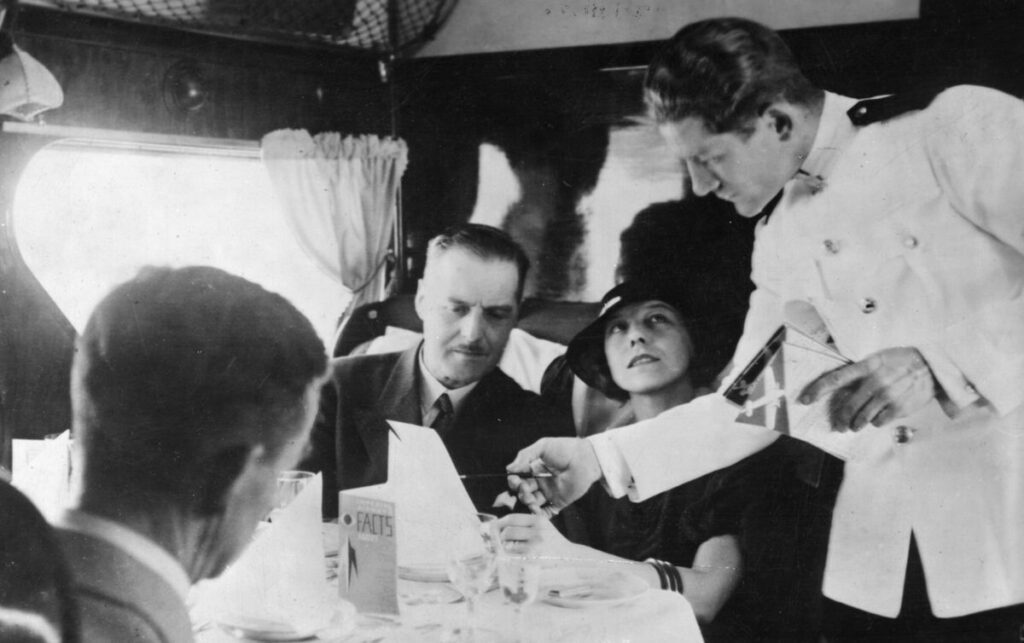
Aircraft technology advanced remarkably during the years between World War I and World War II. From low-powered biplanes constructed of wood and fabric to sleek, high-powered monoplanes made of aluminum, based mostly on the founding work of Hugo Junkers during the World War I period and adoption by American designer William Bushnell Stout and Soviet designer Andrei Tupolev, aero planes evolved.
Experienced fighter pilots were keen to demonstrate their abilities following World War I. Many American pilots turned become barnstormers, flying into little communities all throughout the nation and flaunting their flying skills while also collecting paying passengers for flights.
The barnstormers eventually arranged their exhibitions more deliberately. Around the nation, air exhibitions including acrobatics, air races, and air superiority exploits emerged.
Engine and airframe development—the Schneider Trophy, for example, produced a sequence of ever faster and sleeker monoplane designs ending in the Super marine S.6B—was driven by the air races.
Pilots vying for financial awards had a motivation to go faster. Possibly the most well-known of those in the barnstorming/air show circuit was Amelia Earhart. She also became the first female pilot to set records including Pacific Ocean and Atlantic crossing marks.

This was the time for many aviation firsts. Pioneers such Sir Charles Kingsford Smith, Alcock and Brown, Charles Lindbergh, and Amy Johnson set a path that new commercial airlines shortly followed on long-distance flights.
Many of these new paths lacked contemporary runways, and this century also became the age of the famous flying boats like the German Dornier Do X, American Sikorsky S-42, and British Short Empire, which could operate from any length of clear, calm water.
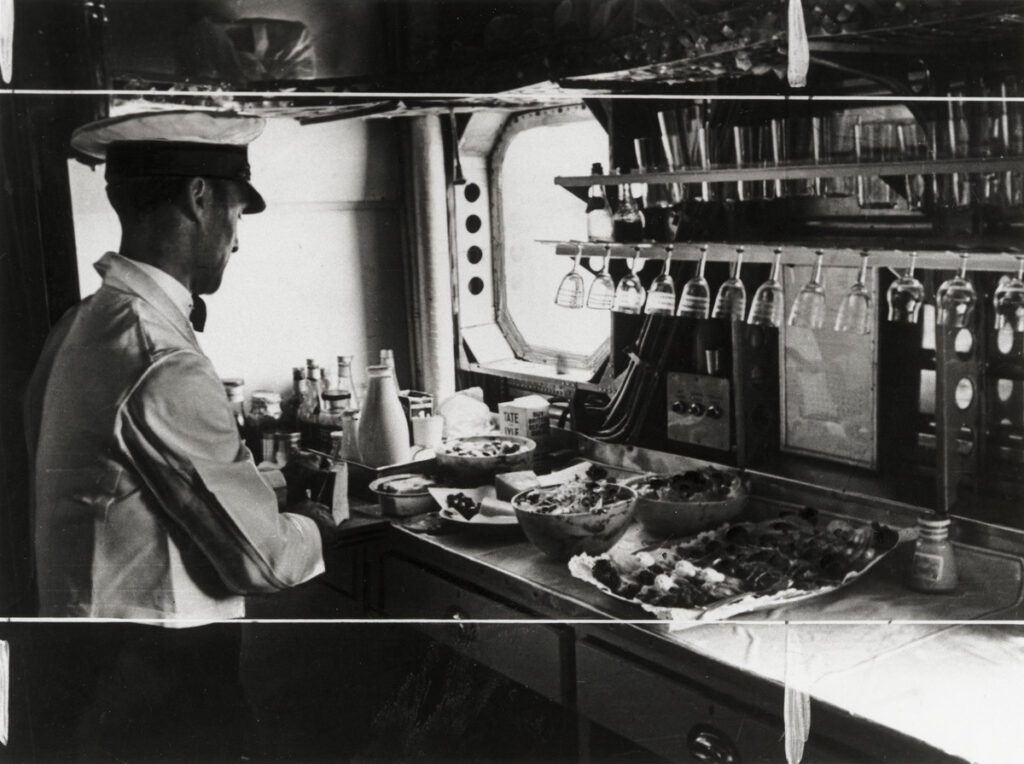
Using largely former military aircraft to carry people and goods, commercial aviation expanded quickly following World War II. The abundance of heavy and super-heavy bomber airframes like the B-29 and Lancaster that could be turned into commercial aircraft sped this expansion.
Additionally made for simpler and longer commercial flights by the DC-3 was its The British de Havilland Comet was the first commercial jet aircraft ever flown.
The Comet had been added by British state airline BOAC to regular operations by 1952. Although the plane was technically successful, it suffered a sequence of extremely public problems when the window form caused metal fatigue-related fissures.
Pressurizing and depressing the cabin generated cycles of tiredness that finally resulted in the catastrophic fuselage failure of the aircraft. Other jet aircraft designs had already taken to the heavens by the time the difficulties were resolved.
Using the Tupolev Tu-104, USSR’s Aeroflot became the first airline worldwide to run consistent regular jet operations on September 15, 1956. Dubbed the Jet Age, the Boeing 707 and DC-8 brought in new degrees of comfort, safety, and passenger expectations, hence launching the era of widespread commercial air travel.
Chuck Yeager passed the sound barrier the rocket-powered Bell X-1 through in October 1947. This was the first controlled, level flight to surpass the speed of sound, even if anecdotal evidence suggests some fighter pilots may have done while dive-bombing ground targets throughout the war.
With the first jet across the Atlantic and the first nonstop flight to Australia, more distance obstacles dropped in 1948 and 1952.
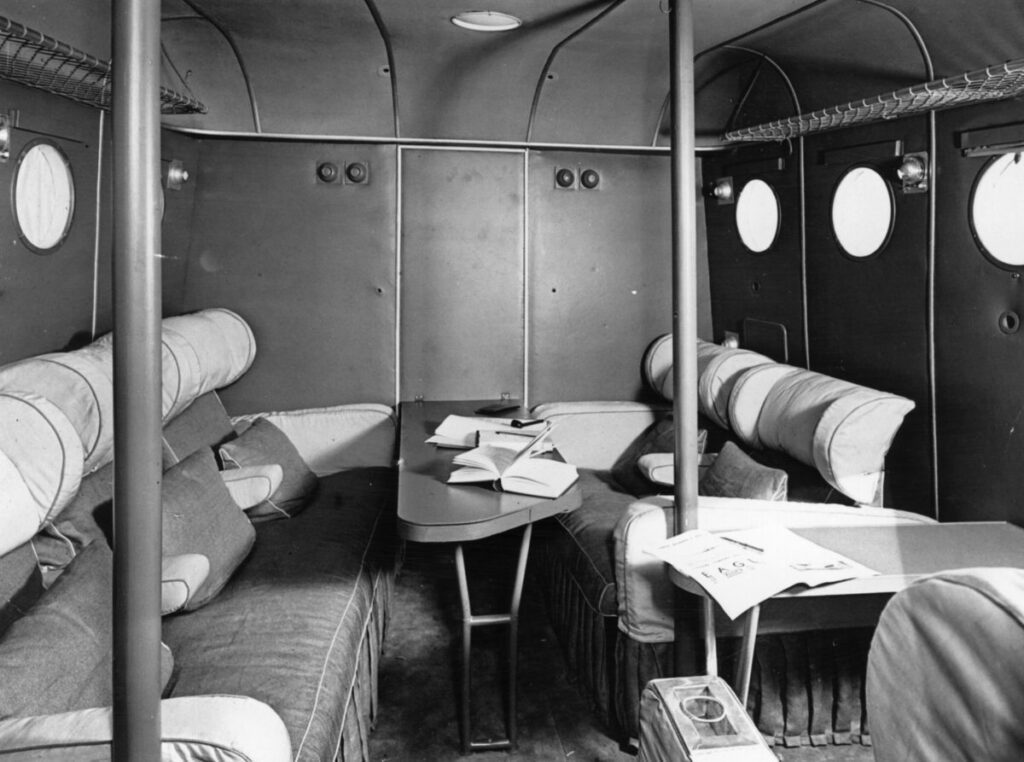
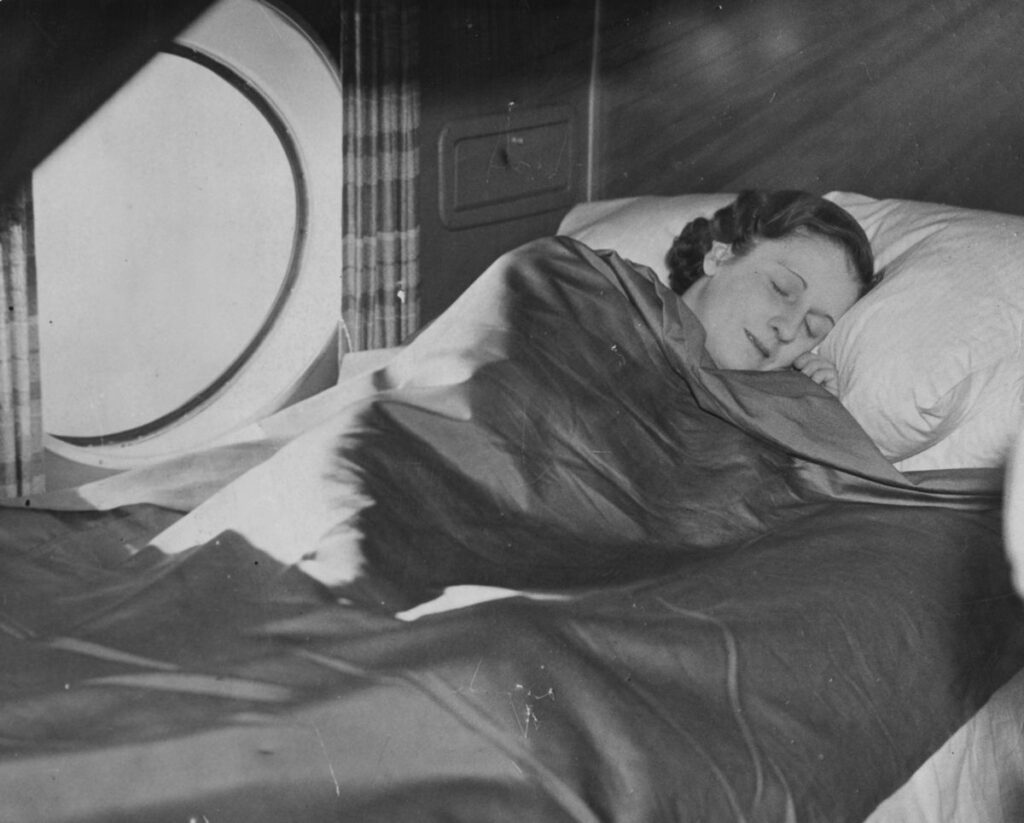
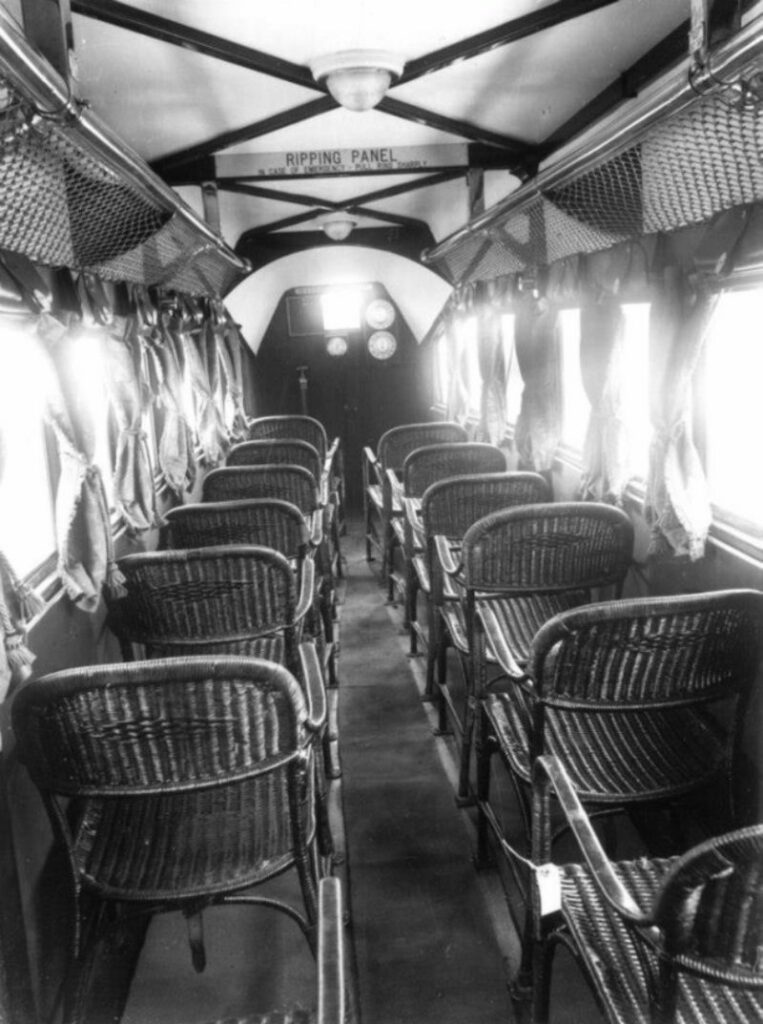
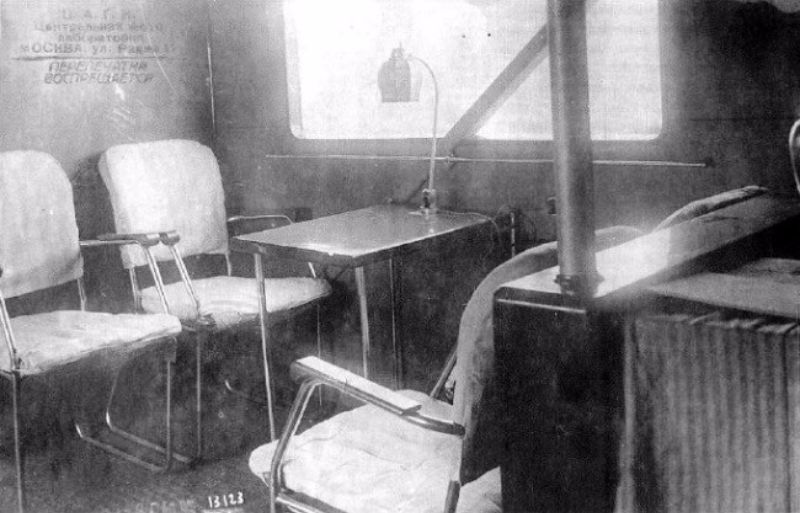
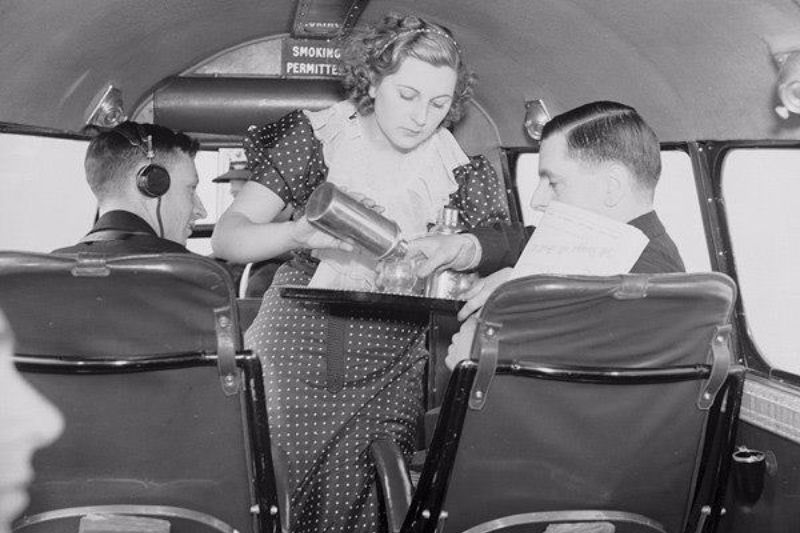
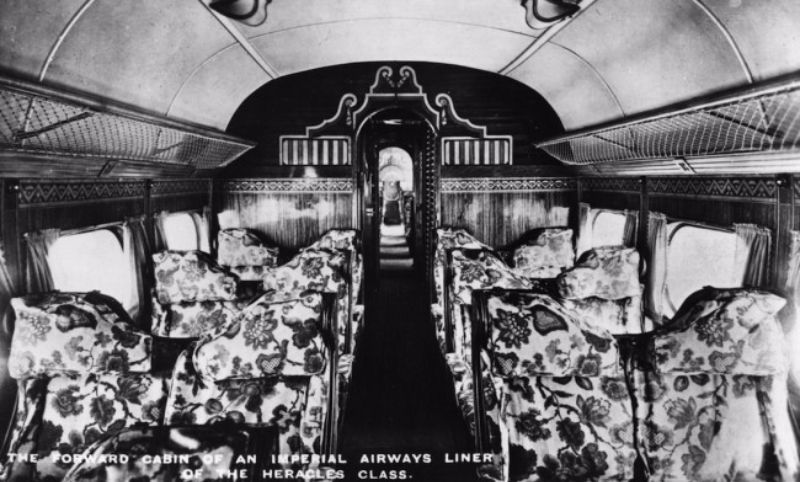
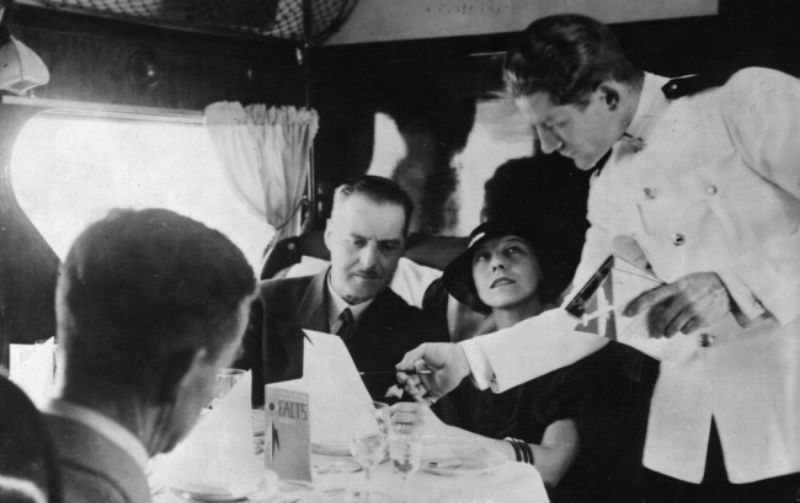
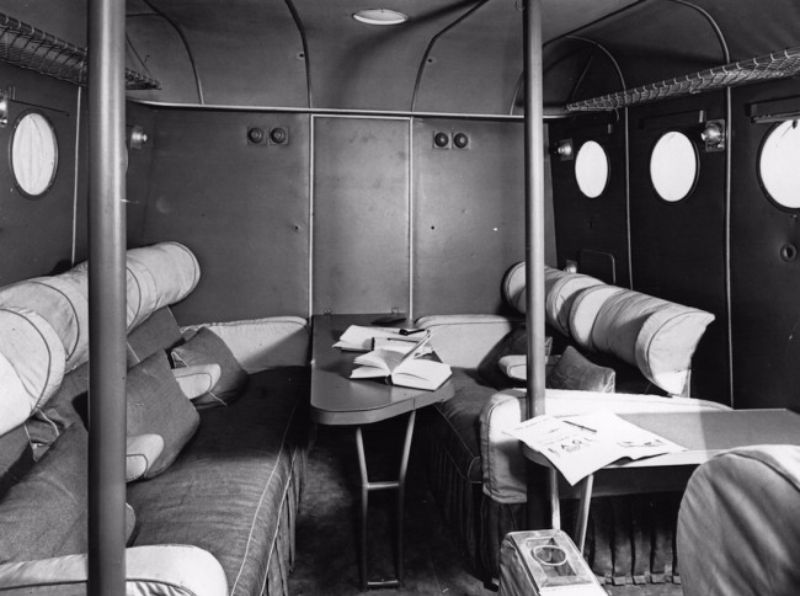
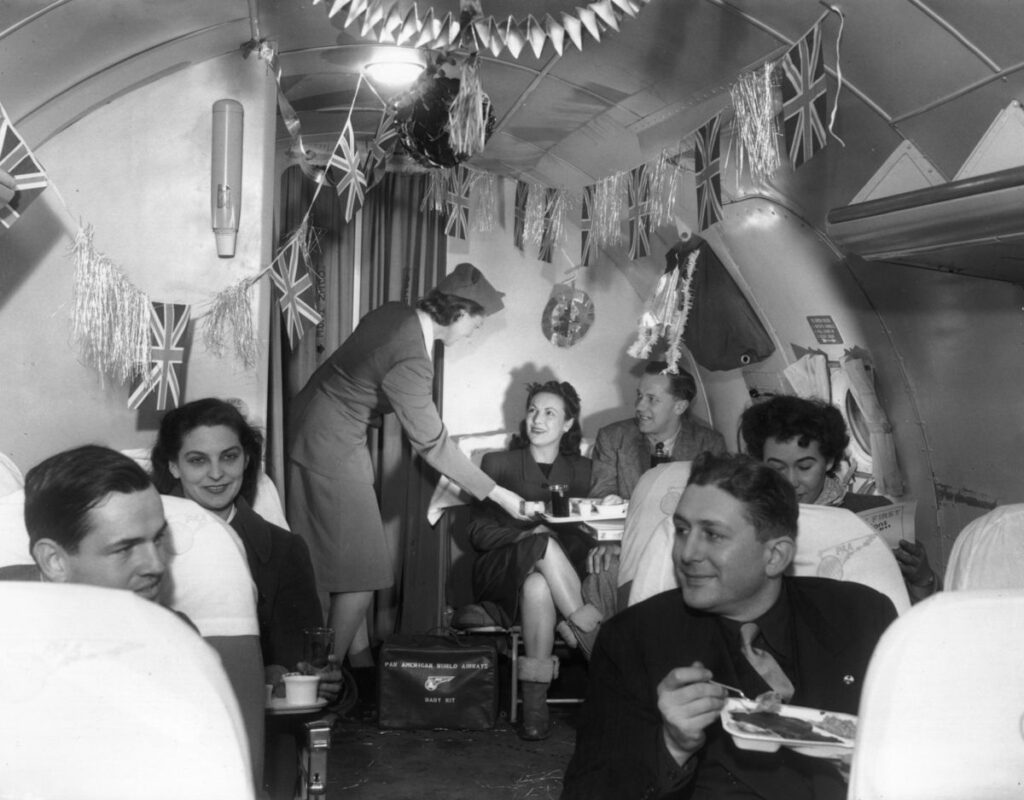
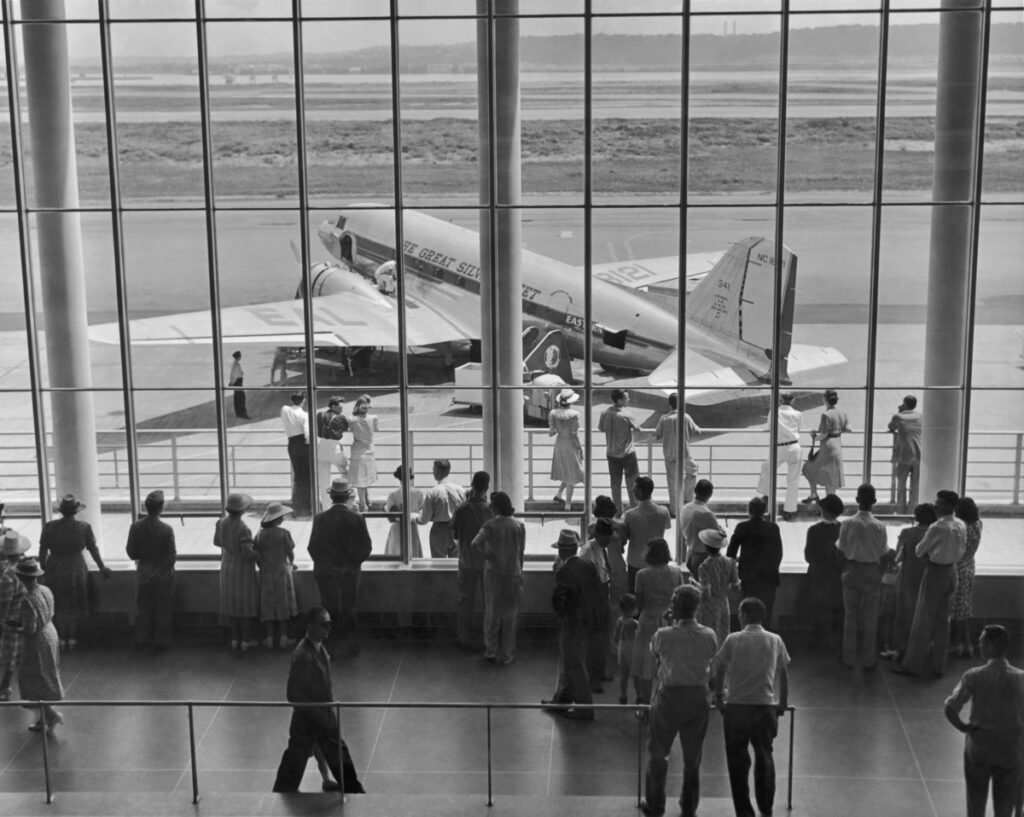

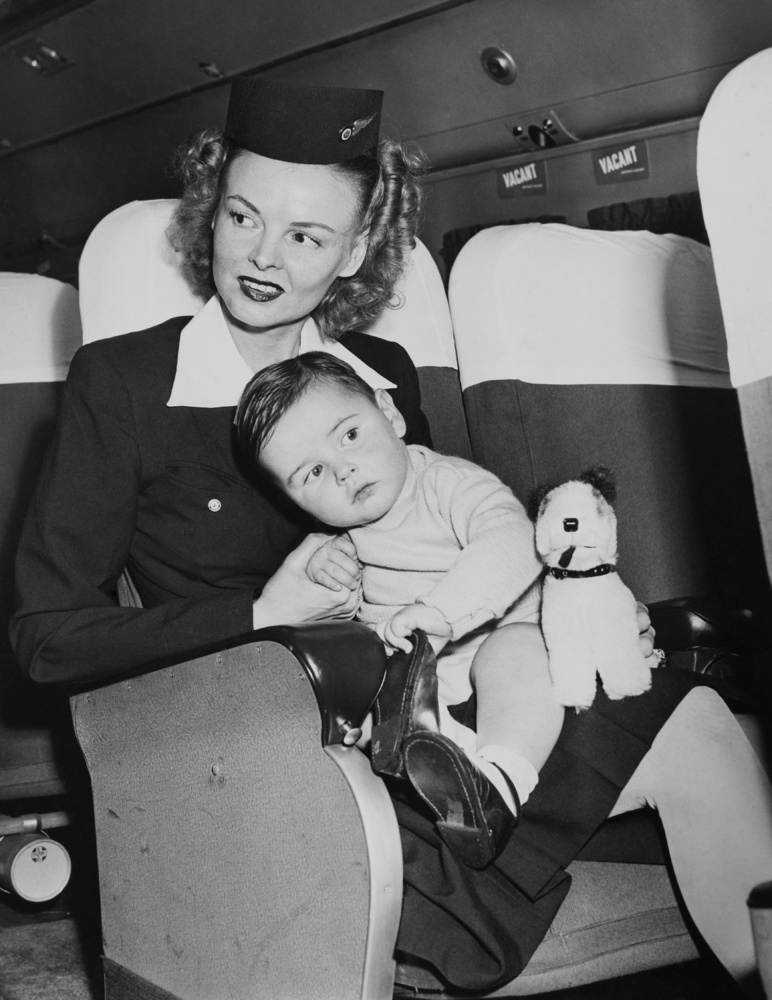
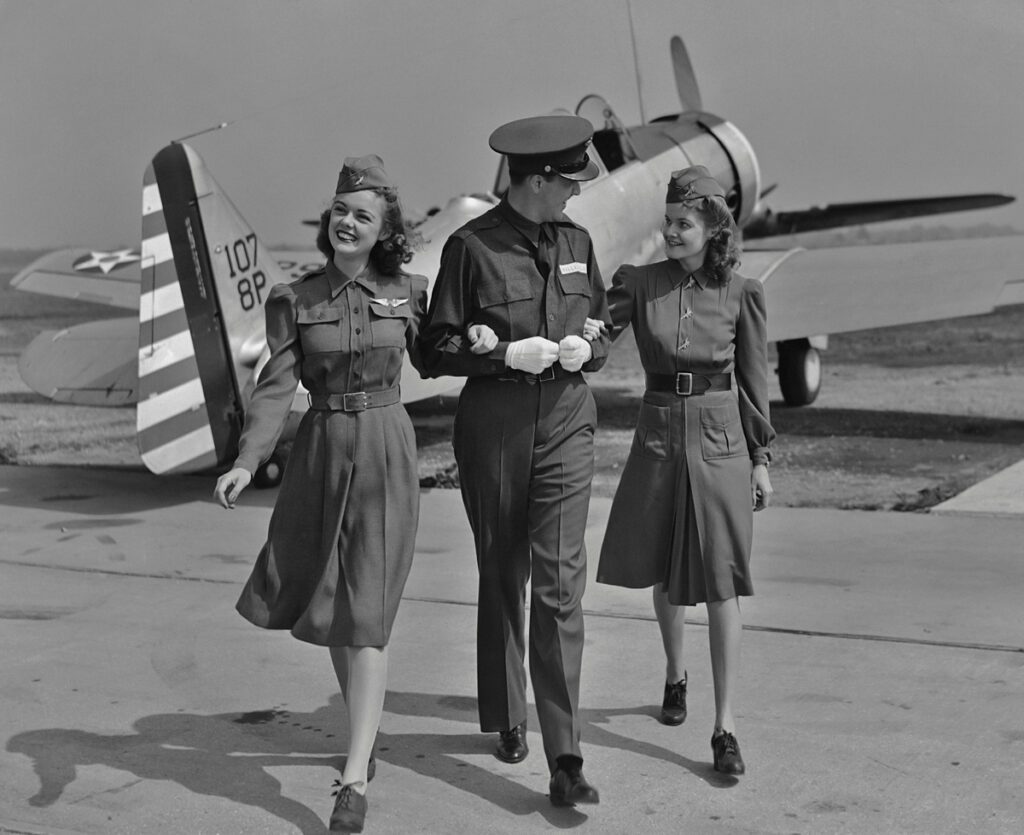

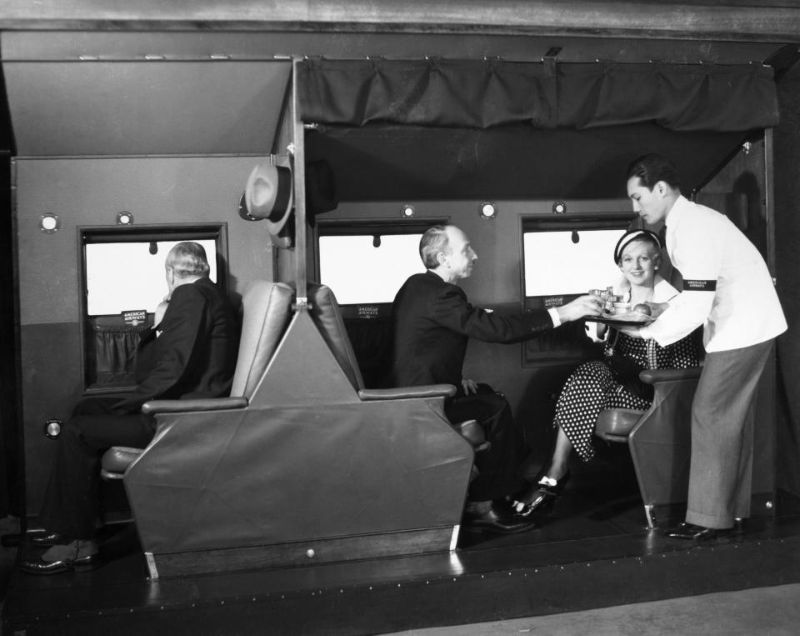
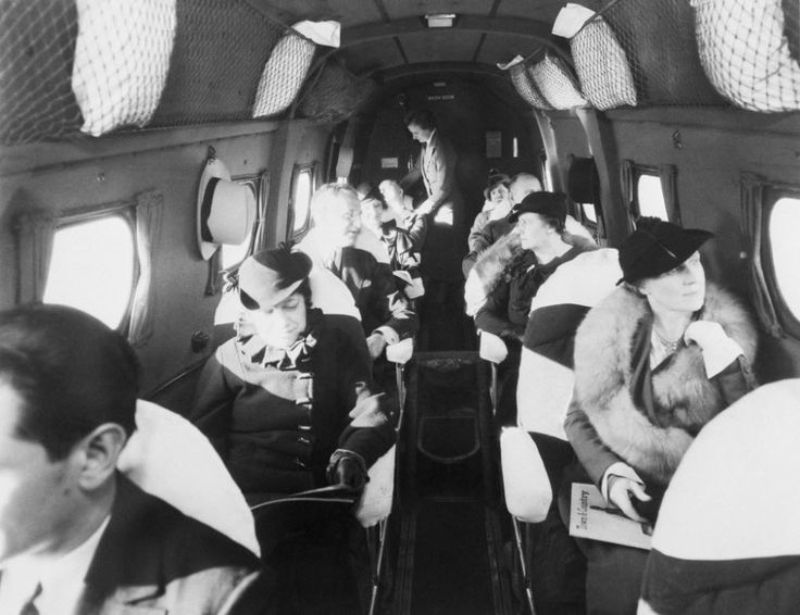
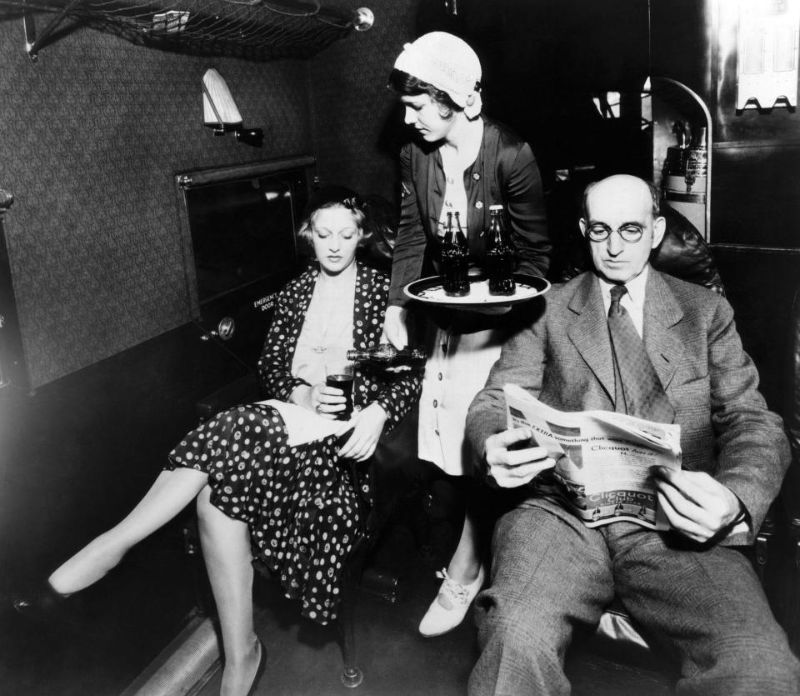
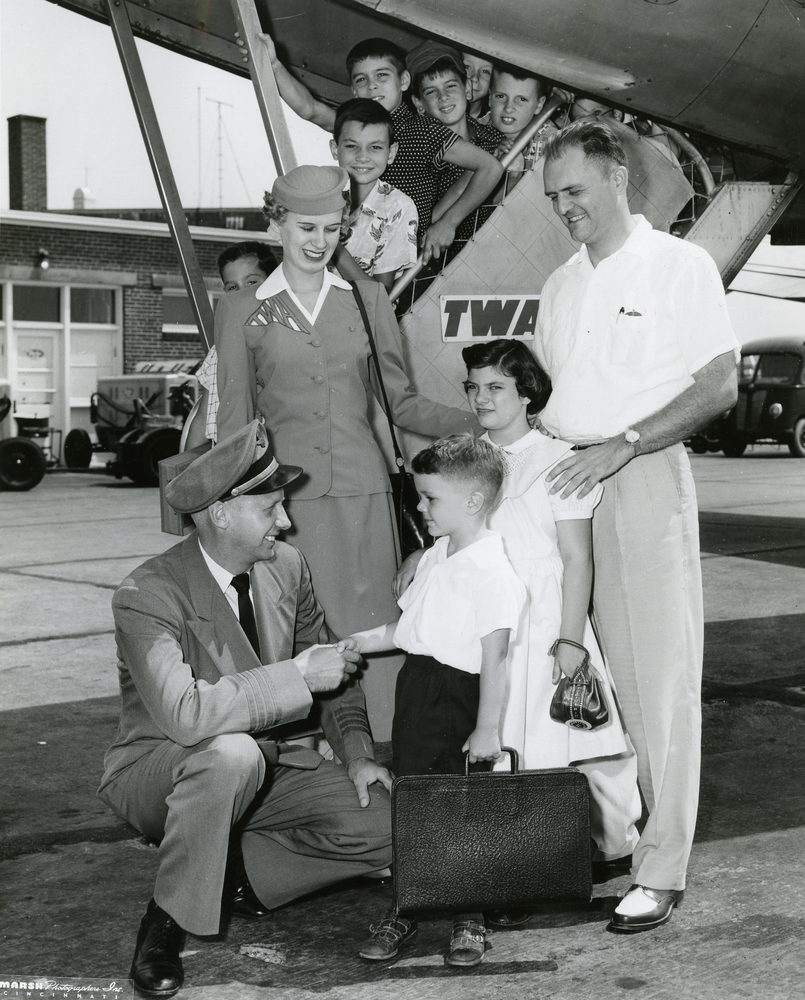
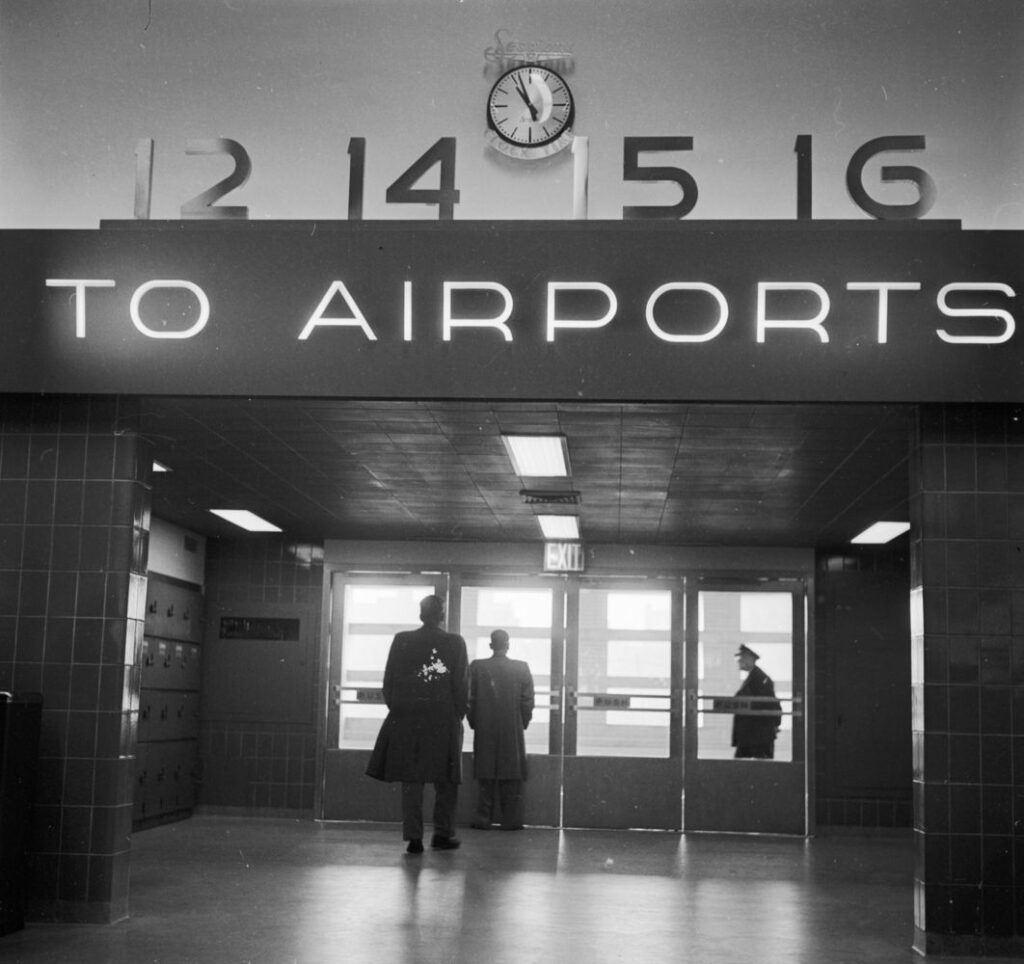
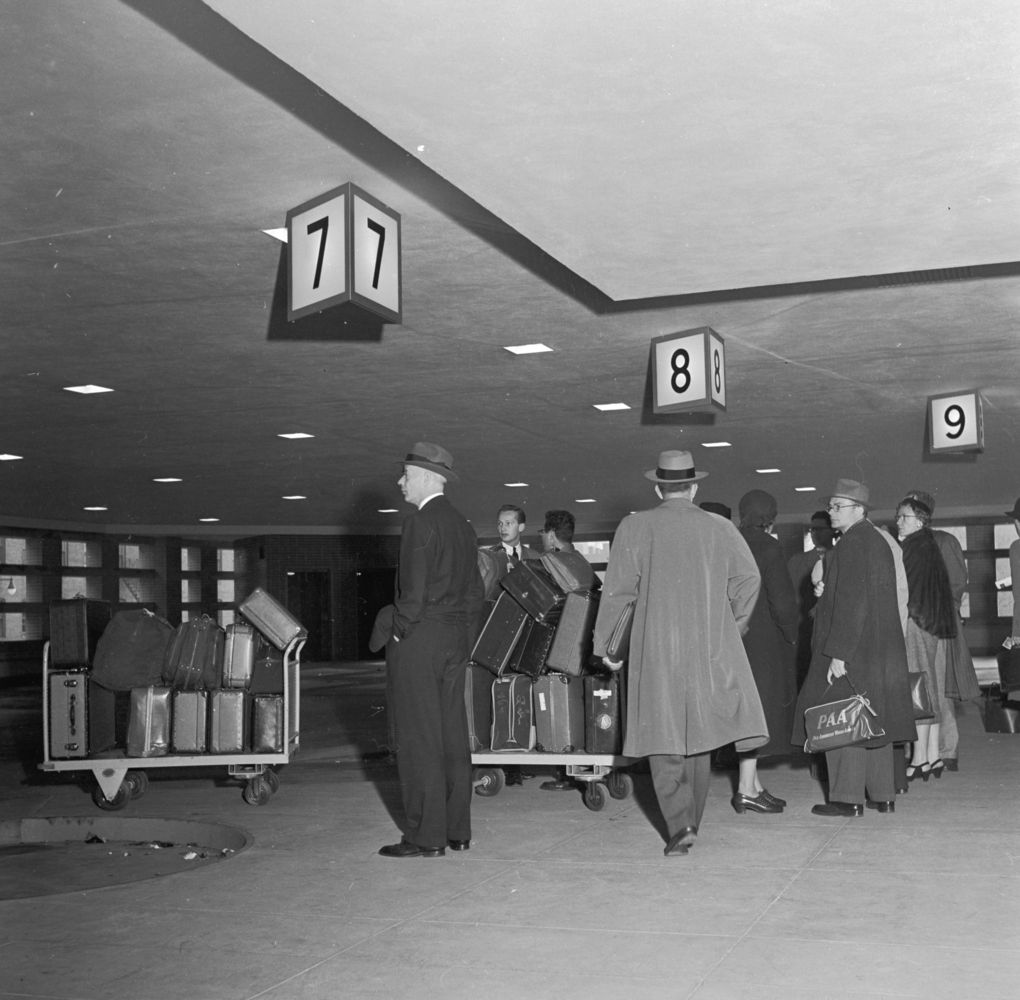
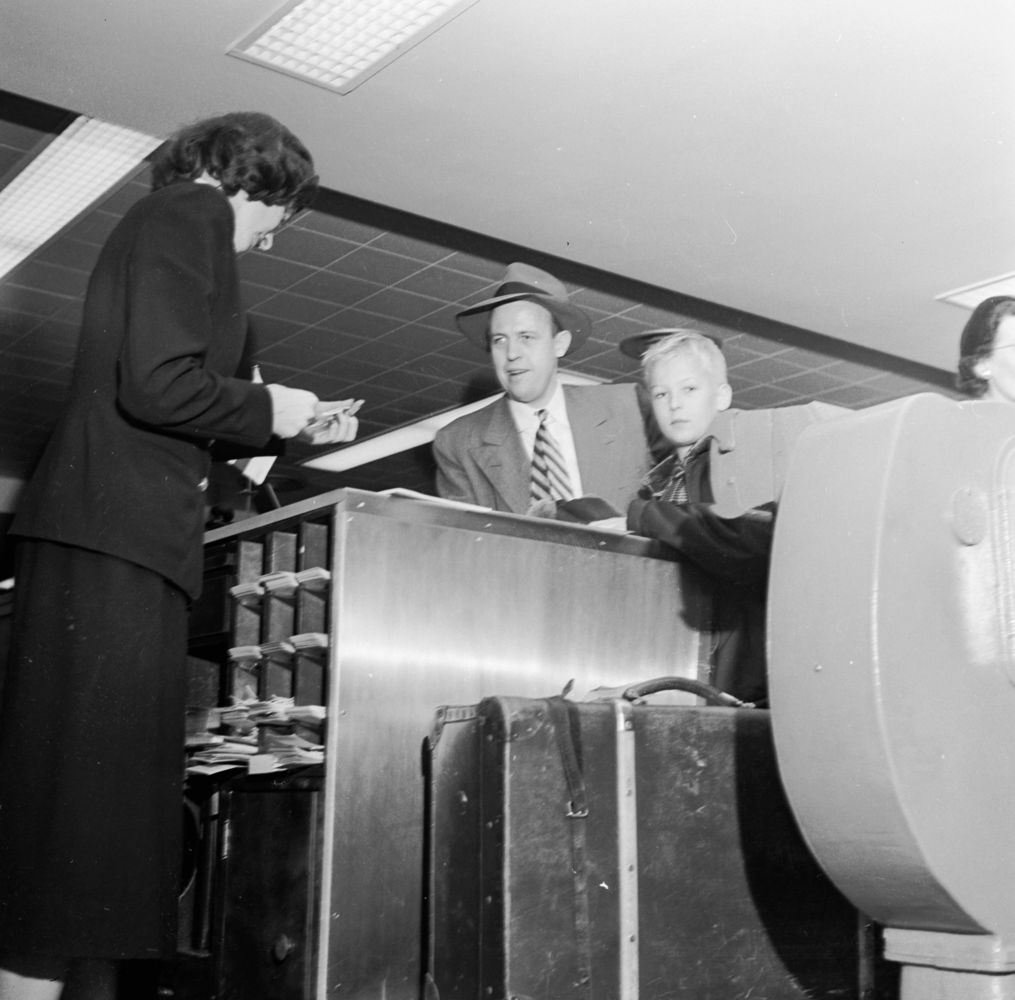
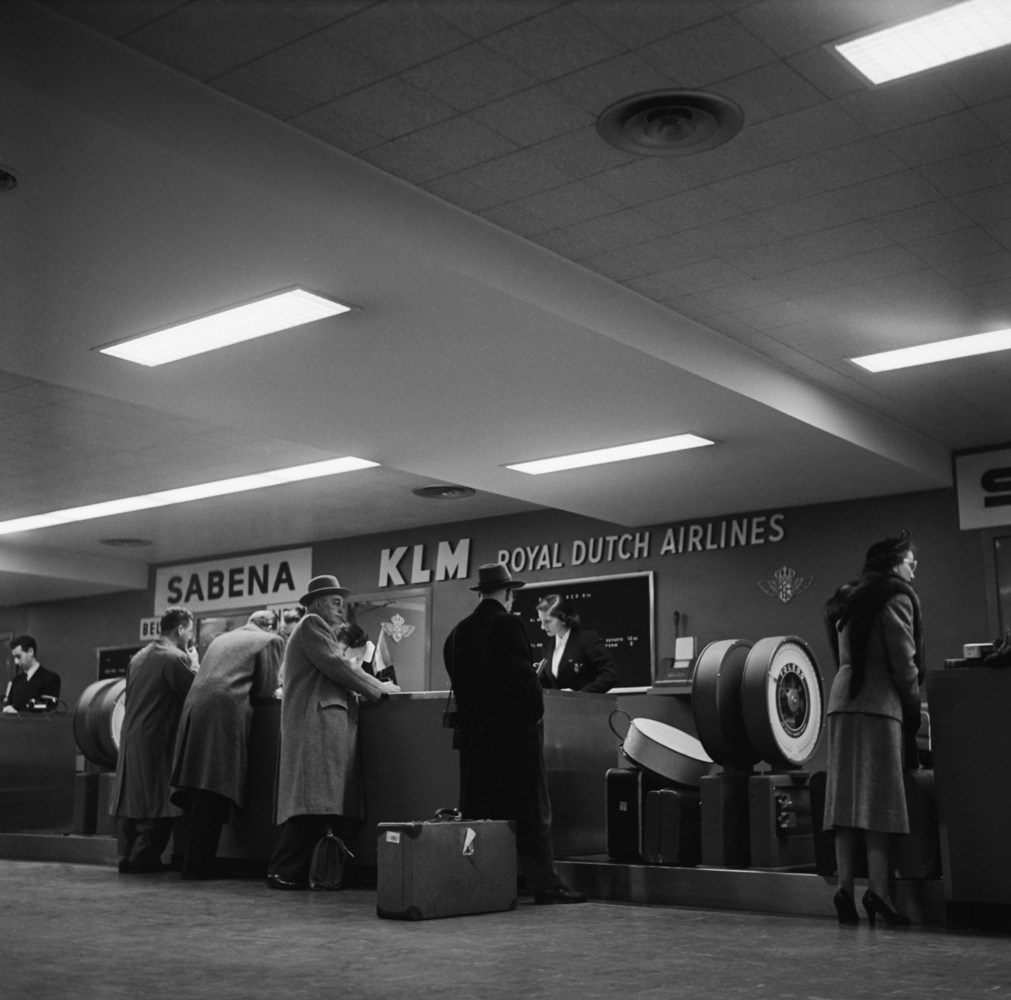
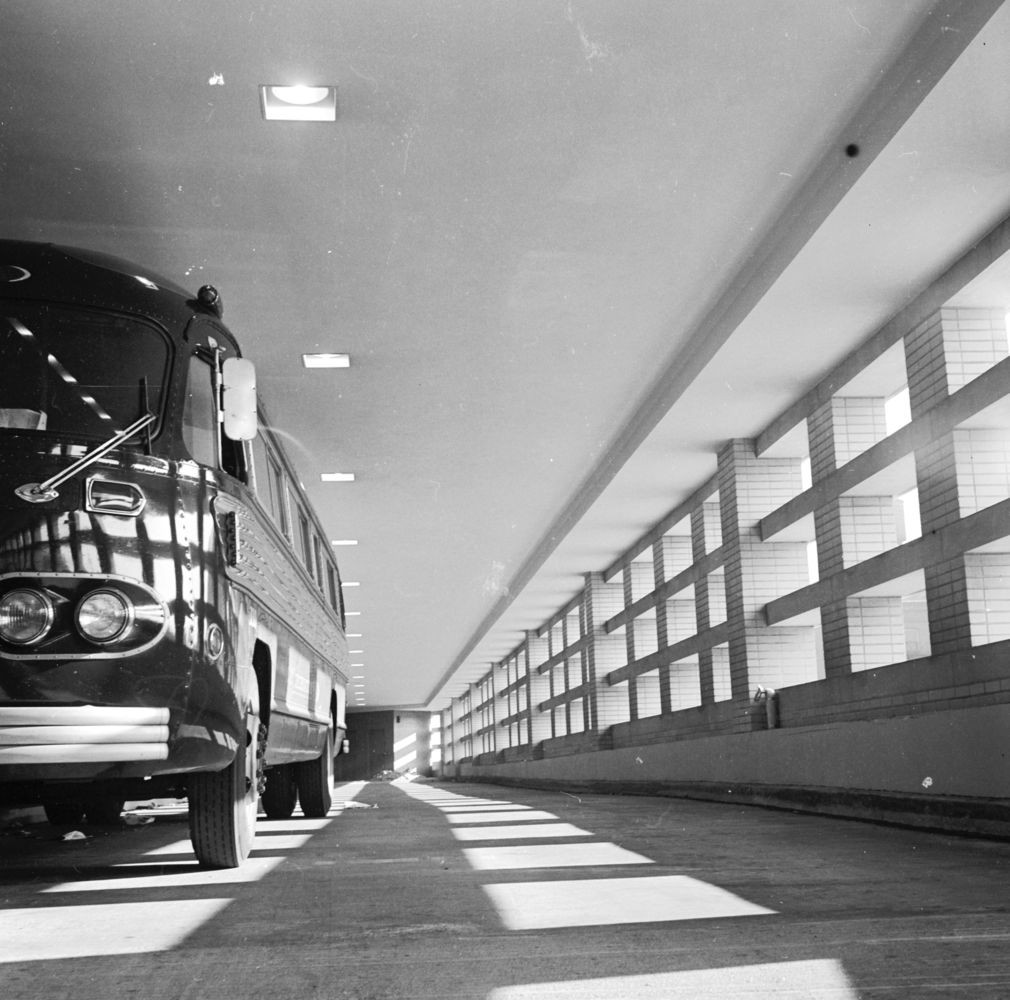
(Photo credit: Wikimedia Commons / Huffington Post / Business Insider Magazine / Odd Stuff Magazine / Pinterest / Flickr).


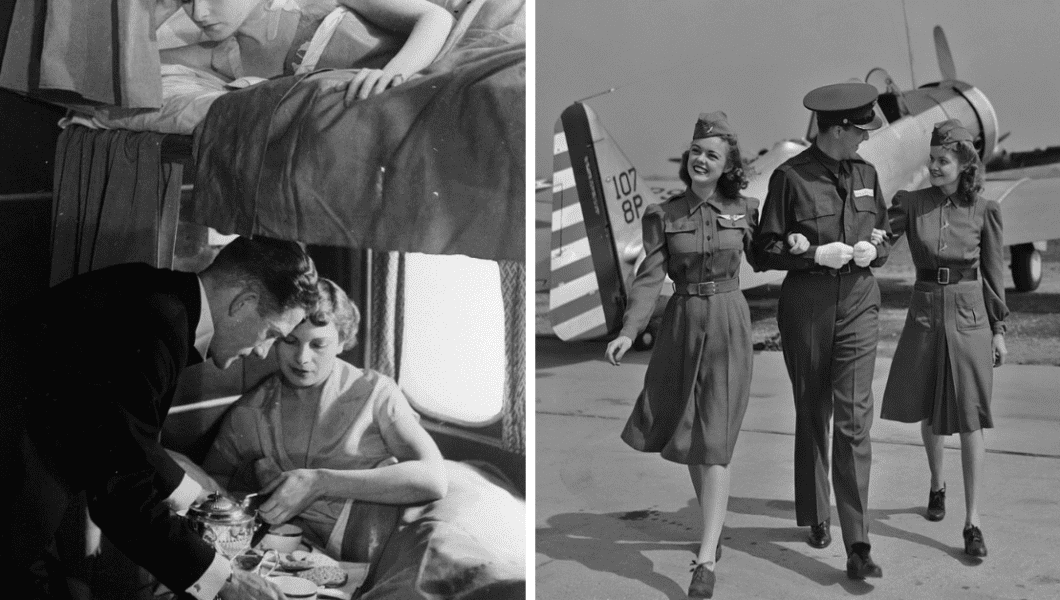



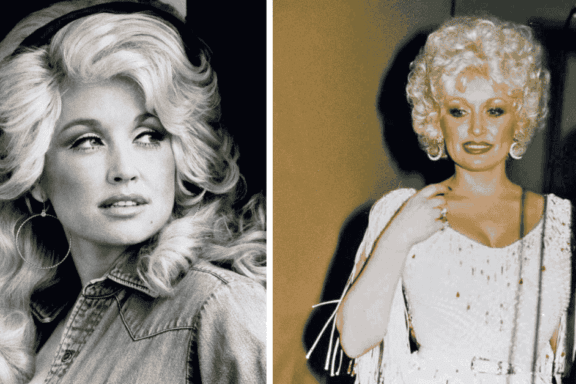

No Comments